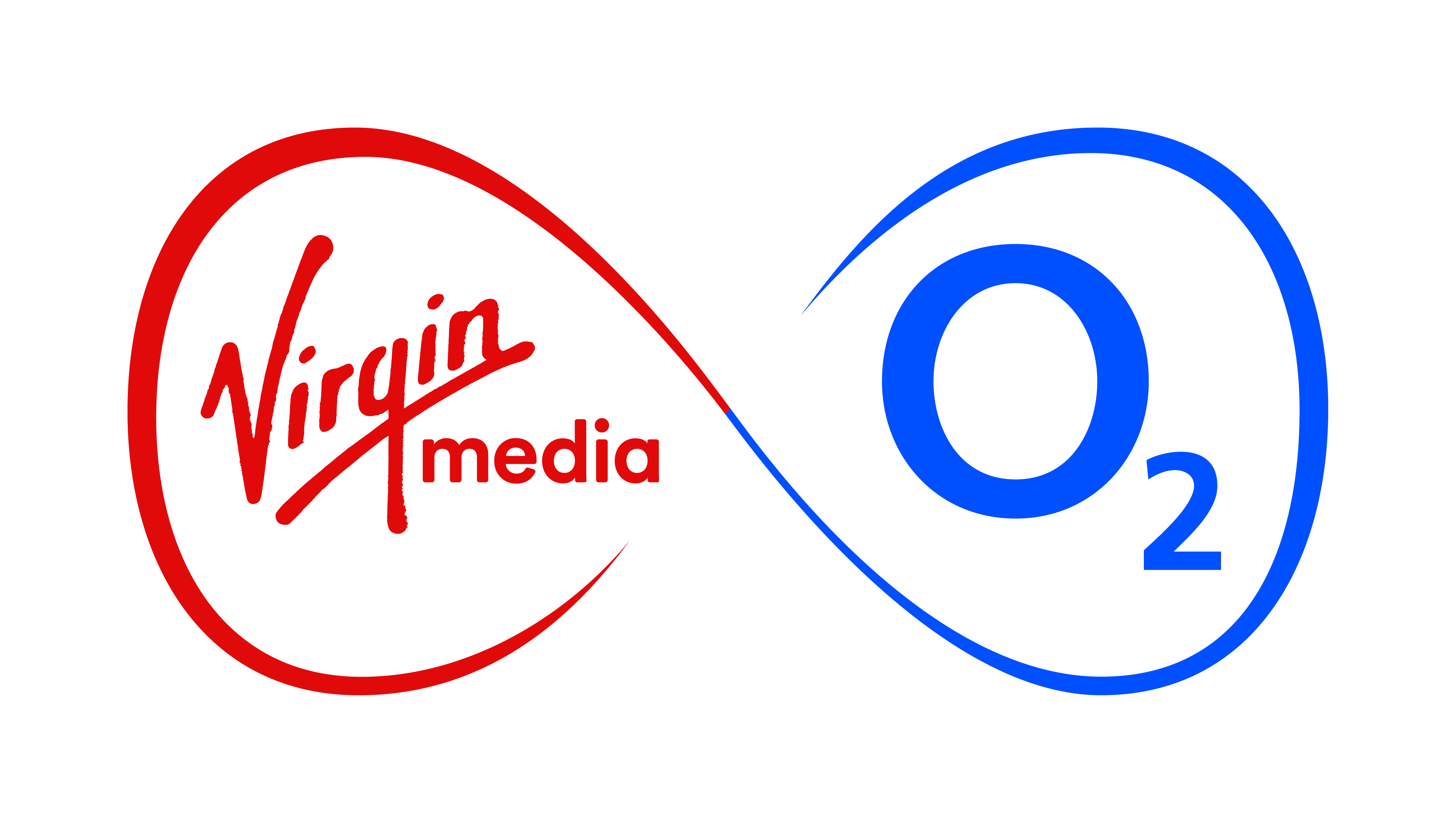What a fast moving industry we work in. As I’m approaching the latter stages of my career and the call of touring the UK and Europe in my Morgan grows stronger, I’ve come about all reflective. After nearly 40 years in telecommunications, IT and software development and even more frighteningly 22 years of this in O2 (and its various guises) I want to reflect on our biggest technological landmarks and also consider where I see digital taking us up to the close of this decade.
As far back as 1990 just 5 years after our launch as Cellnet I remember pioneering mobile customers beginning to ask for data connectivity. Early solutions were primitive; they involved connecting analogue handsets and large analogue modems together to deliver the service. And even though data speeds were painfully slow people could still see the benefit of mobile data.
The next few years saw the technology shrink and mobile fax machines become available. This enabled haulage companies to send and receive jobs and manifests to their fleets. With GSM, the new digital service, doubled data speeds and halved the size of the equipment. Data cards such as the Nokia DTP- 2 and the Nokia 2110 launched in 1994 and enabled sales forces to stocktake and place orders on the road directly to their sales systems. The GSM data cards also enabled early PDAs like the Apple Newton to be used in field service environments delivering jobs to all sorts of field maintenance teams, speeding up service and increasing productivity. Around that time and also thanks to the GSM network we saw the birth of vehicle tracking and telematics.
1999 saw Cellnet become BTCellnet and a video showing what the world could look like with 3G. The fantastically retro video created by our then founding company was eerily close to what we now know as reality…
[youtube]http://www.youtube.com/watch?v=FoYS3PaoRHs&list=UUmngcaVrf6CrwINdOtlFe6g[/youtube]
In June 2000 we launched GPRS, the precursor to 3G which kick-started mobile working and gave birth to the mobile internet. WAP as it was known started to deliver internet content to handsets, and was the first time both business and consumer began to see the potential of mobile data.
2001 saw the launch of the O2 brand. We also started to see blackberry email devices appear outside the USA. At first a luxury reserved for senior executives, organisations soon realised the potential and Blackberry devices quickly trickled down to many sales and management functions. The field service industry wasn’t left wanting either as O2 launched the first windows mobile PDAs. The XDA range of devices soon became the defacto standard terminal for many service and delivery organisations.
3G entered the UK in 2004, offering much greater data rates and video calling. Organisations could now provide full remote access to business networks whilst on the move. It was with 3G that companies started to see measurable benefits of flexible working for the first time… Coffee shops, fast food restaurants, railway stations and hotel foyers were becoming the new office for many.
With innovation on feature phones stagnating we saw the evolution to the age of the smartphone. Apple, Android and Windows have conquered both the consumer and business market with their unlimited amounts of applications. Thanks to Smartphones mobile is now a truly dominant technology used by and available to the masses.
In 2013 we saw 4G launched to complement 3G and grow the performance 10 fold. With licence commitments driving rapid role outs, now offices as well as people can be truly mobile. Offices can now be setup and operate using wireless 4G as its connection to the rest of the world, avoiding the wait for fixed services and the contract commitments they carry. 4G’s rich media capability has opened the door to multimedia applications and cloud services.
So what’s next for O2 and its customers? Connected cities and the Internet of things will drive the smartphone to new levels. It’s been a remote control for your life through diary management, internet access and social media but will now truly become a remote control for all connected technology. Managing travel, health, money, energy, the environment, security, entertainment in fact everything anyone will need could be controllable from the palm of your hand – or your watch, or your glasses – as wearable technology becomes both accepted and fashionable as we race towards 2020.
To keep up to date on our latest digital innovations sign up to our newsletter and follow us on Twitter @O2BusinessUK
press enquiries
press enquiries
